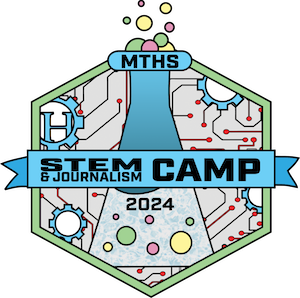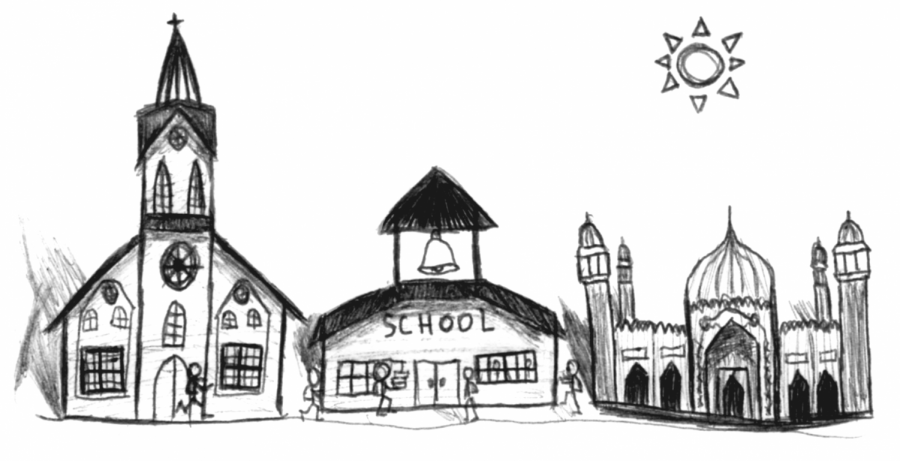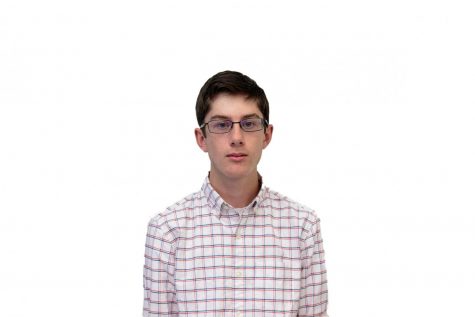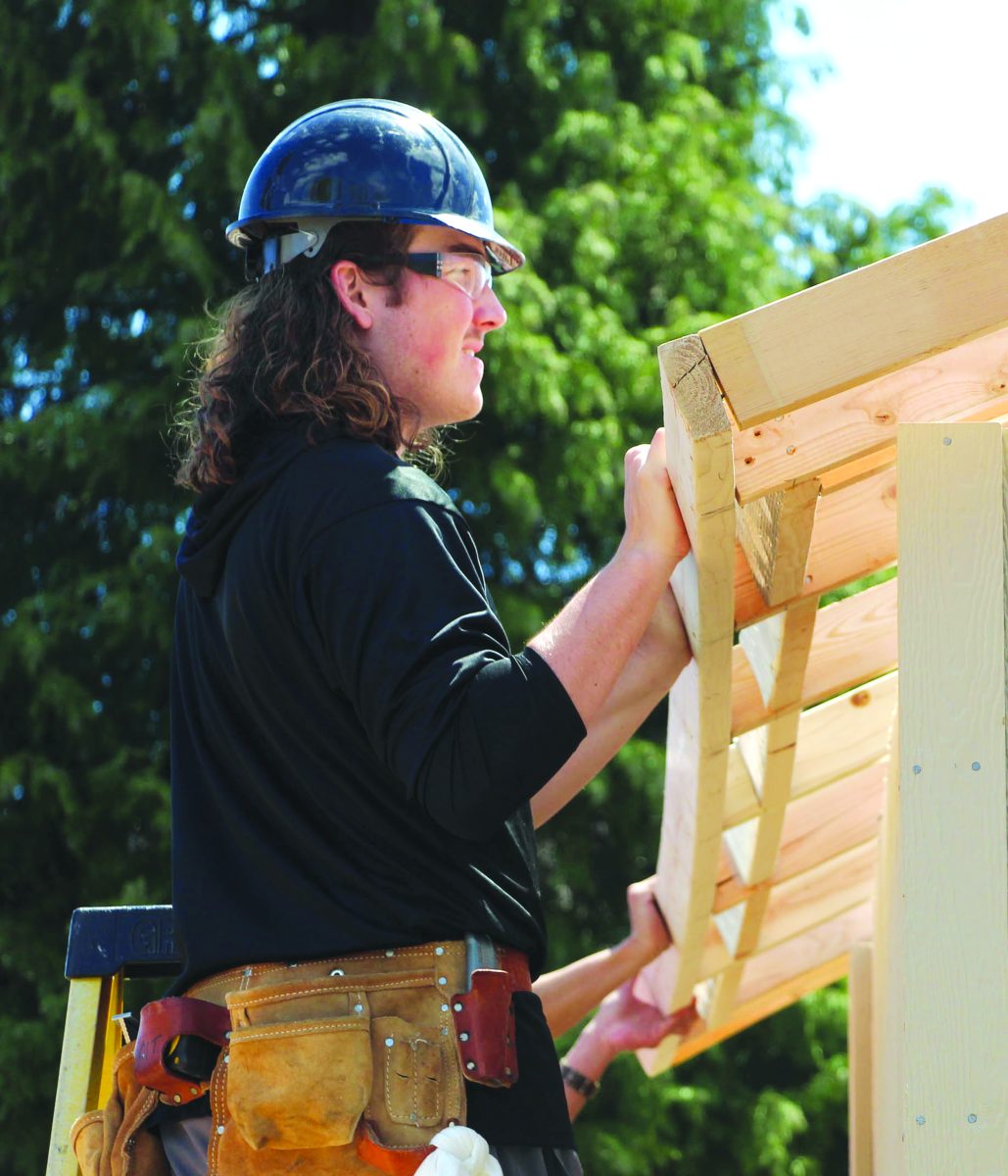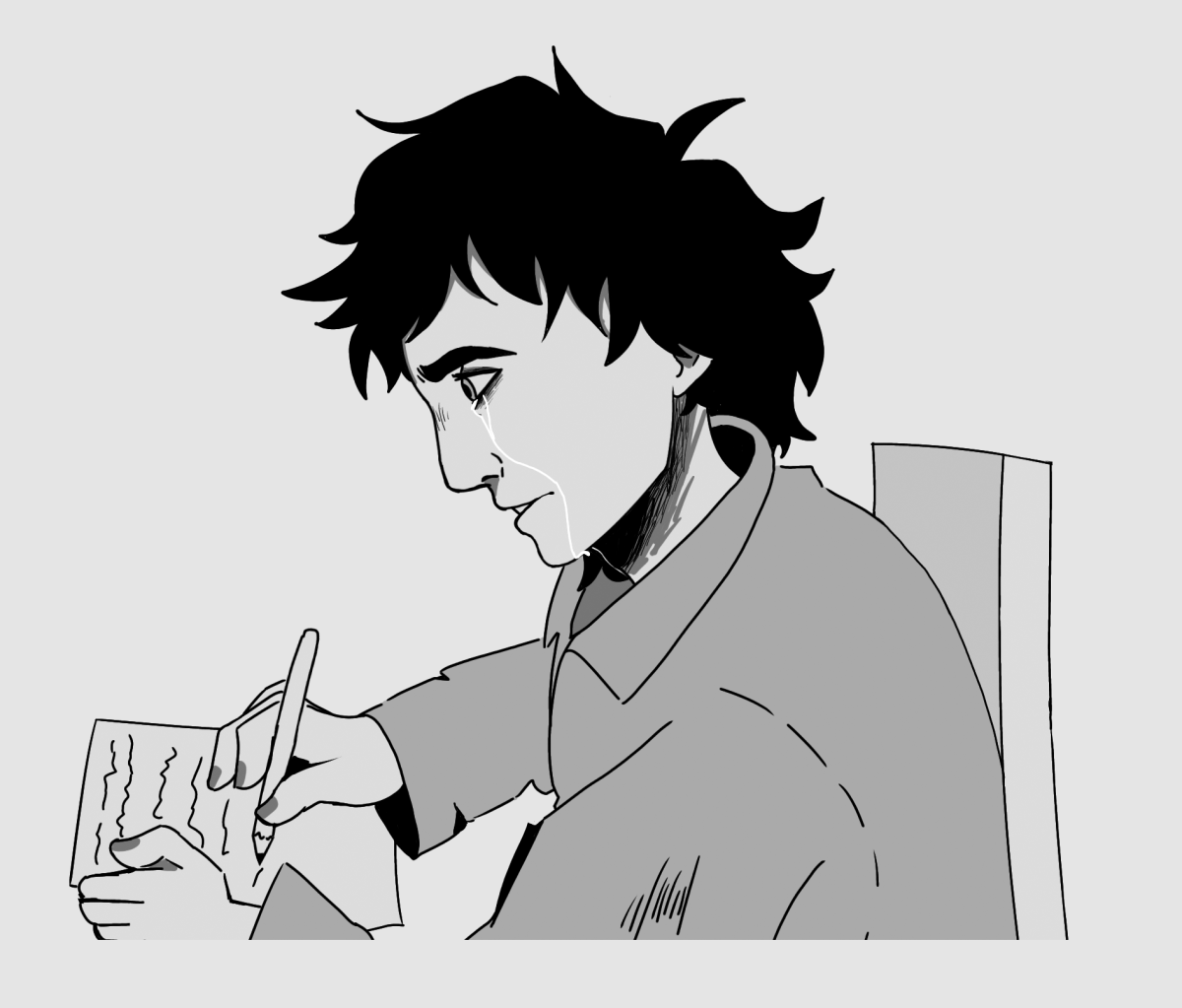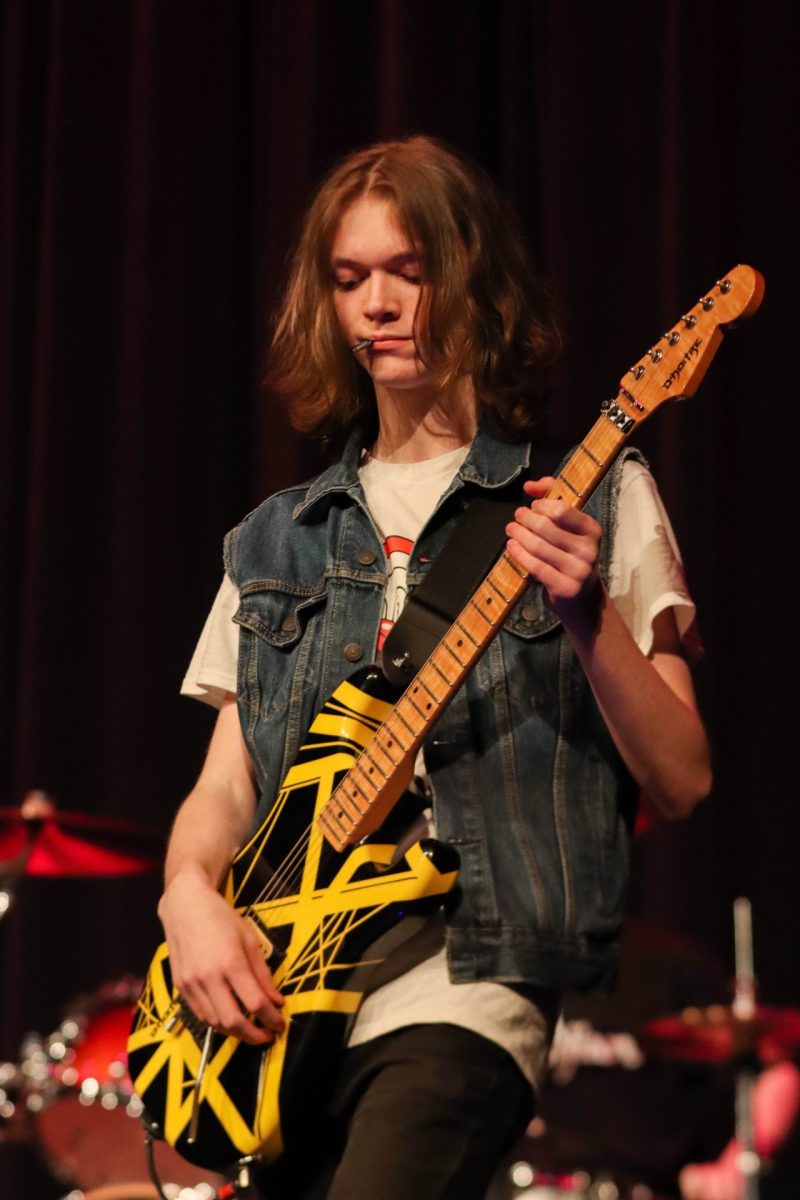A group of students and a few adults gathered in around the flagpole in front of MTHS late last month for an annual prayer circle, and as part of a global movement known as See You at the Pole Day (SYATP), locally organized by Mill Creek Foursquare Church.
In fact, a scroll through the #SYATP Instagram tag shows Fellowship of Christian Athletes accounts, among others, showing turnouts in the 80s, with preachers, music and after-parties at other venues, dwarfing the 20 to 25 who participated at MTHS.
This seems to contradict the message that all too many conservative lawmakers and evangelical ministers are sending out. The saturation of misinformation about students’ religious rights in schools can make it muddy waters, for people ascribing to any belief system.
Texas Governor Rick Perry once said in a campaign advertisement that there is “something wrong in this country when gays can serve openly in the military, but our kids can’t openly celebrate Christmas or pray in school.”
That statement is demonstrably false.
Setting aside the infuriating bigotry, these kind of lies may strike fear into the hearts of Christian voters and cause First Amendment scholars to shake their heads.
Students arguably have more religious freedom than ever. Students, no matter their denomination, may pray openly, discuss scripture with their peers, celebrate holidays (that includes saying, “Merry Christmas”) or read scripture, be it the Quran, the Bible, or even the Gospel of the Flying Spaghetti Monster. As long as the activity isn’t disruptive, or interfering with the religious rights of others, students are permitted to do so under the First Amendment.
So, there ought to have been no issue with the flagpole prayer on Sept. 27 then, right? Well, that’s a little harder to answer.
Sure, students were the ones taking part, but what about the adults in the group? Who were they? According to sophomores Ian Rood and Mckenna Mortensen, who took part in the circle, they were Young Life leaders and members of the Foursquare church.
Now, the rules are clear when it comes to school officials partaking in such an activity: they can’t. But, the adults in this instance were not affiliated with the school, and so the line is blurred.
In fact, there appears to be little to no legal precedent for this. Most schools accept it as an extension of religious freedoms, with some, in particularly Christian, areas embracing it.
However, there are varying opinions on the subjet. Christopher Ellinger, an AP European History and Honors Humanities teacher, made it clear that it was a difficult issue.
“To me, inclusion is always better than exclusion,” Ellinger said.
However, he was hesitant of the fact it was held near the entrance to the school.
“That’s right in the middle of where people come into school,” he said. “I personally would prefer them to be a little more private.” Ellinger went on to express concern that such an overt display may be off-putting to those of other religious beliefs.
Foursquare church, the organization that spread the word about SYATP in the Mountlake Terrace Area, has another interest in the school. Foursquare is a network of three congregations: one in Mill Creek, one in South Everett, and one that meets in the MTHS theater on Sundays.
According to Communication Director for the American Civil Liberties Union of Washington Doug Honig, churches holding meetings in school aren’t all that out of the ordinary. Any issue would come from individual breaches of contract between the church and the school.
So, have there been any breaches of this contract? Not yet, says Jeannie Brzovic, head of the MTHS drama department. But, she believes it’s a matter of time, with set builds for plays often happening on Sundays.
“It’s my concern that education and performing arts should be the first priority,” Brzovic said.
The district office of Community Use views the issue a little differently. Brian Harding, Director of Facilities and Operation for the Edmonds School District, says that “these are public buildings,” paid for by the constituents, and that the drama department just has to wait until the church gets out at noon or 1 p.m.
Besides, the profits of these rentals go into the improvement of the buildings that are being rented. Harding says that over the last decade, $200,000 has been contributed back to the MTHS theater, going towards things like an upgraded sound system, new carpeting, soft goods (such as curtains and rigging) and more to be enjoyed by renters and students alike.
Whether the contribution of money by religious groups is unconstitutional or not must be decided by individuals personally, but the general consensus is that it’s not. It’s a common practice, and the results are the same for both secular and religious rentals.
However, these rather mundane logistics can’t address a lack of representation of other faiths, besides Christianity. The Christian organization Young Life often drops in on lunches to give out pizza. In fact, it’s nearly the only religious organization that ever is present at school.
This op/ed column, so far, has only addressed Christianity. And this lack of diversity is an issue, because it doesn’t accurately reflect the religious demographics of the surrounding area.
According to the latest census information, around 30 percent of Mountlake Terrace citizens are religious, meaning the vast majority are not.
Despite this, there are no clubs or pizza giveaways from atheistic or agnostic student groups. Beyond that, though the majority of those practicing religion in Mountlake Terrace may be Christian, nearly a fifth (18 percent) of the religious population are not Christians.
Why doesn’t MTHS have one Buddhist pizza giveaway at lunch to every four Christian ones? The answer, according to interim principal Greg Schellenberg, lies in both tradition, and “school-savvy.”
Christianity, as the dominant religion in the United States, and no matter one’s opinion, has had ties to the government and education. Young Life and other “youth outreach programs” have been around for years, and are a common sight among American high schools.
As Schellenberg puts it, “the members of these church groups that come and deliver pizza were present when people were coming in to deliver them pizza, and it’s kind of this on-going, perpetual thing.” In addition to that, Christian “outreach” programs, especially from churches with a more evangelical mission, are often more well endowed and devoted to allocating resources towards jumping through all the necessary hoops in order to get in a school in the first place.
Though this may be the case, Schellenberg is optimistic that other groups may join in, too. “I would love to have other groups that would challenge other equitable notions. I think that exposure’s good,” he said.
However, as just one person, and a school official, Schellenberg can’t do much to add that exposure. Contacting other religious institutions to see if they would like to come to the school would be a much more obvious breach of the Constitution’s establishment clause, than this “implied endorsement” of Christianity.
“We’re trying to do a good thing, but we can’t connect with everybody, and we’re sorry about that,” Schellenberg said. “I always worry about those who are on the outside, looking in.”
But, with what he calls a “cumulative effect” of tradition, the disparity in representation will only continue to grow. Because of this, it is up to students themselves to strive for more religious (or non-religious) representation




